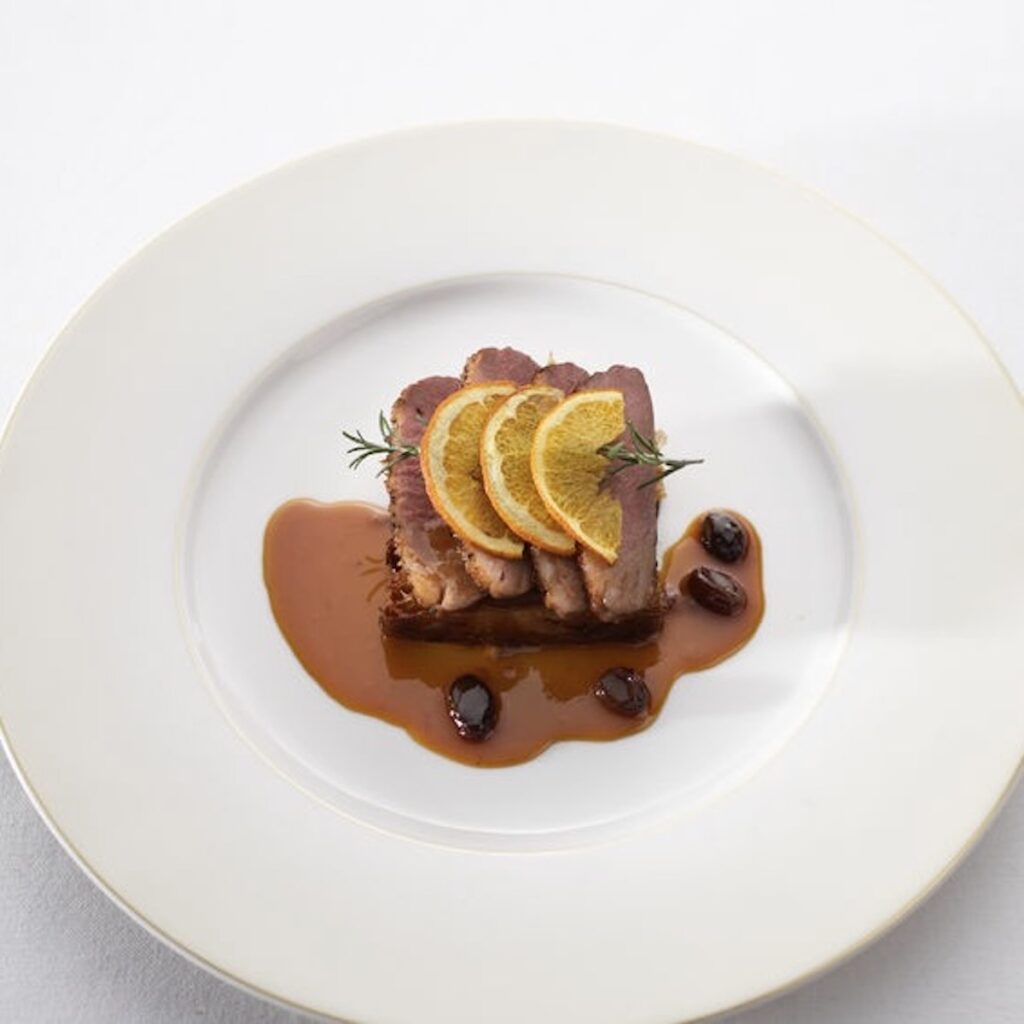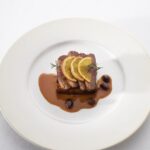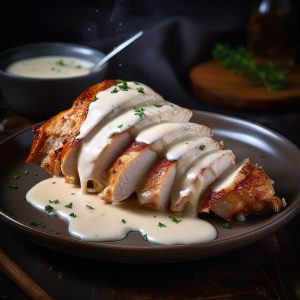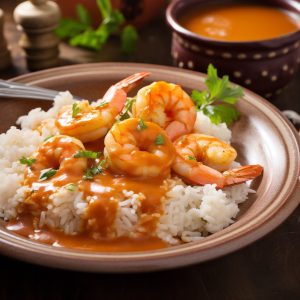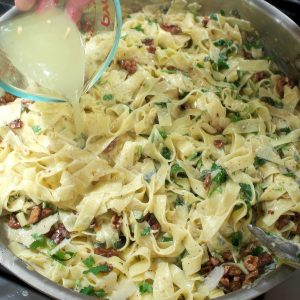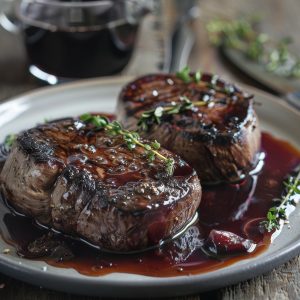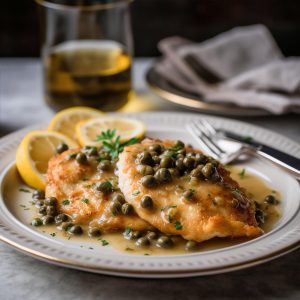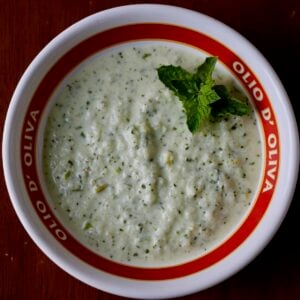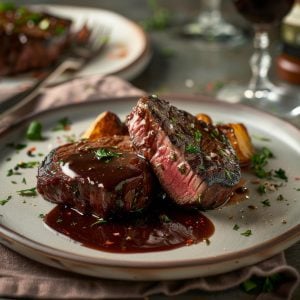You Probably Know It As Orange Sauce
Bigarade Sauce may not sound familiar, but you’ve probably heard of duck à l’orange—and chances are, you’ve even ordered it at a favorite restaurant. The version that gained popularity in the United States during the 1960s differs significantly from the traditional canard à l’orange served in 19th-century France.
Modern American recipes—both in cookbooks and online—often call for chicken stock, sugar, and vinegar, creating an overly sweet and sharply sour sauce. Classic French chefs did use sugar and vinegar to create a “gastric,” the sweet-sour base for many sauces, which explains why these ingredients appear in contemporary interpretations.
Renowned 18th-century chef Marie Antoine (Antonin) Carême developed a version that began with espagnole sauce, one of the five French mother sauces and a key building block of demi-glace. To make his bigarade sauce, Carême reduced the zest and juice of bitter (bigarade) oranges, added espagnole, and seasoned it with freshly cracked pepper.
He then reduced the sauce further and strained it through a fine chinois for a smooth, concentrated result. This version follows the same principle but incorporates a few modern touches.
Because preparing espagnole sauce from scratch takes considerable time and effort, and high-quality commercial demi-glace is now widely available, we’ll use demi-glace in this version to achieve a deep, complex flavor with far less fuss.
Bigarade Sauce Recipe
Ingredients
- 1 orange Seville if possible
- 1 tablespoon shallot finely minced
- 2 tablespoons butter
- 1 tablespoon sherry vinegar
- 1 ounce orange liqueur Grand Marnier, Cointreau or Curacao (optional)
- ½ cup demi glace
- salt & white pepper to taste
Instructions
- Remove the zest from half of the orange, cut into ¼ inch strips and reserve. Squeeze the juice from the orange and save that too.
- Heat up a sauce pan over medium heat. When hot, add the butter and then the shallots. Saute the shallots until translucent, about 3 minutes.
- Add the orange juice, vinegar and orange liqueur (optional). Let this reduce for 2 minutes.
- Add the demi glace and reserved orange zest to the sauce pan. Let this simmer and reduce down until the sauce is thick enough to coat the back of a spoons.
- Taste and adjust seasonings with salt and pepper.
- Strain the sauce through a fine mesh strainer or cheesecloth.
- Serve with duck, chicken or trout.
Not Just For Duck Anymore
Bigarade is most know for serving with duck, but there are lots of ways to use it with other dishes.
Dish / Use | Description | Wine Pairing |
| Duck à l’Orange | Classic French dish with crispy duck and tangy orange sauce | Pinot Noir or Grenache |
| Roast Chicken with Bigarade Sauce | Whole roasted chicken glazed with Bigarade sauce | Chardonnay or Viognier |
| Grilled Pork Tenderloin | Pork tenderloin sliced and topped with Bigarade sauce | Pinot Gris or Beaujolais |
| Pan-Seared Salmon | Salmon fillets finished with a drizzle of Bigarade sauce | Sauvignon Blanc or Riesling |
| Glazed Carrots | Carrots sautéed and glazed with Bigarade sauce for a citrusy side | Dry Rosé |
| Seared Scallops | Scallops served with a light touch of Bigarade for brightness | Champagne or Sparkling Brut |
| Grilled Shrimp Skewers | Shrimp grilled and brushed with Bigarade sauce | Albariño or Vermentino |
| Roast Turkey Breast | Turkey breast slices topped with Bigarade sauce | Chenin Blanc or Gewürztraminer |
| Glazed Tofu or Tempeh | Vegetarian option using tofu/tempeh with Bigarade glaze | Grüner Veltliner |
| Duck Leg Confit | Crispy duck confit with orange-scented Bigarade reduction | Côtes du Rhône or Pinot Noir |
| Roasted Root Vegetables | Seasonal roasted vegetables finished with Bigarade drizzle | White Burgundy (Chardonnay) |
| Grilled Lamb Chops | Lamb chops with a subtle orange glaze | Syrah or GSM Blend |
| Peking Duck Pancakes (Fusion) | Chinese-style duck with a French Bigarade twist | Gewürztraminer or Pinot Gris |
| Grilled Quail or Game Birds | Game birds glazed with Bigarade sauce | Zinfandel or Mourvèdre |
Bigarade Sauce History
As with many classic French sauces, the exact origins of sauce bigarade (the bitter orange sauce traditionally served with duck) are somewhat obscure, but we can trace its development through the evolution of French culinary tradition.
Likely Origins and Evolution:
Medieval and Renaissance roots: The concept of pairing fruit with meat, especially tart or citrus elements, goes back to medieval European cooking. Sour and sweet flavors often appeared in noble kitchens, influenced by Arabic and Moorish cuisines that reached France through Spain and Italy.
17th–18th centuries: French chefs began codifying culinary techniques during this period. Sauces evolved from simple reductions and pan gravies into more structured preparations. It’s likely that sauce bigarade, or at least a precursor, emerged during this time as citrus fruits like bitter oranges became more available through trade.
Antonin Carême (1784–1833): While Carême did not invent sauce bigarade, he played a key role in formalizing and refining it. He helped standardize French haute cuisine, and his use of espagnole sauce as a base for bigarade added depth and structure. His version involved reducing bitter orange juice and zest, then enriching the sauce with espagnole and seasoning it with black pepper—defining the flavor profile we associate with the classic today.
19th-century Canard à l’Orange: The dish canard à l’orange (duck with orange sauce) became a hallmark of elegant French cooking in the 1800s. Its popularity helped preserve the sauce and carry it into the 20th century.
Mid-20th century American adaptation: When French cuisine rose to prominence in post-WWII America—partly thanks to chefs like Julia Child—duck à l’orange became trendy in upscale restaurants. American versions often sweetened the sauce considerably and sometimes replaced bitter orange with marmalade or orange juice, shifting the flavor profile.
No single chef can claim to have “invented” sauce bigarade, but it likely developed in the 17th or 18th century and was codified by chefs like Carême. His refined version influenced generations of chefs and solidified the sauce’s place in classic French cuisine.

